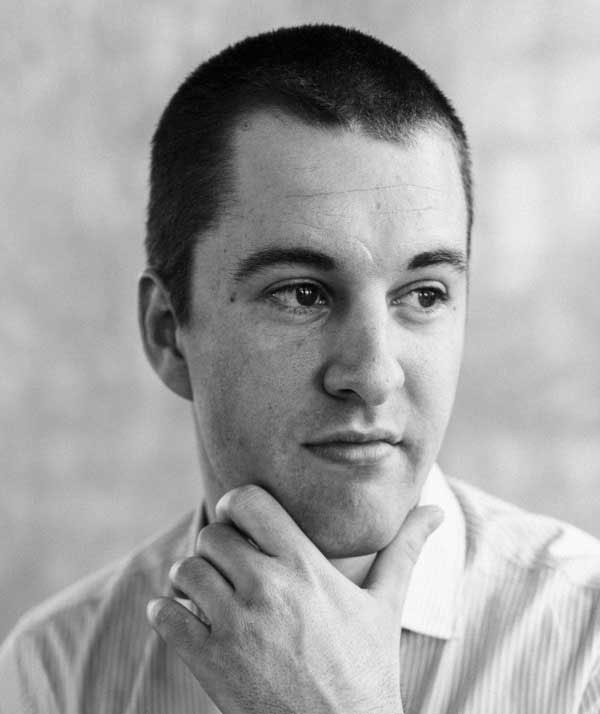HLA Hart and His Influence on Legal Philosophy

Published by:
Keisha Johnson

Reviewed by:
Alistair Vigier
Last Modified: 2023-09-11
Herbert Lionel Adolphus Hart, often referred to as HLA Hart, stands as one of the 20th century’s most influential legal philosophers. His thoughts on the nature of law, morality, and the relationship between the two have not only left a lasting mark on legal scholarship but have also shaped the way we understand legal reasoning and interpretation.
Key Points of HLA Hart
-The Concept of Law: HLA Hart’s seminal work is “The Concept of Law” (1961). Here, he critiques the prevailing “command theory” of law and presents a fresh perspective by viewing law as a system of rules.
-Primary and Secondary Rules: He distinguishes between “primary rules” that govern behaviour and “secondary rules” that deal with the operation, modification, and identification of primary rules.
-Rule of Recognition: Hart introduces the “rule of recognition” – an accepted, societal standard determining what counts as a valid law.
-Positivism and Separation Thesis: A proponent of legal positivism, Hart believes that what the law is and what it ought to be are separate issues. The “separation thesis” challenges the interconnectedness of law and morality.

Legacy and Impact: Understanding the Contemporary Relevance
Critique of Natural Law Theory: Hart counters the natural law theory, arguing that moral validity doesn’t necessarily determine legal validity.
Open Texture of Law: He suggests that there will always be a “penumbra” of uncertainty in legal rules, meaning they can’t cover every possible situation.
Debate with Dworkin: Ronald Dworkin, a critic of Hart, sparks a debate on judicial discretion. Hart believes judges have discretion, while Dworkin argues they don’t, pointing to underlying principles guiding them.
HLA Hart vs. Ronald Dworkin: Debating the Nature of Law
Legal Realism Critique: Hart critiques the American legal realist movement, which sees laws as mere predictions of judicial behaviour, emphasizing the importance of shared rules in a legal system.
Causation in the Law: Collaborating with Tony Honoré, Hart explores the complexities of legal responsibility and causation, emphasizing the challenges of attributing blame in law.
Legacy: HLA Hart’s teachings have not only prompted debates and discussions but also redefined legal philosophy courses worldwide, cementing his status as a pioneering thinker.
How Hart Addresses Legal Indeterminacy and the Open Texture of Law
In “The Concept of Law,” Hart advanced our understanding of legal systems by approaching law as more than a mere command structure.
His unique perspective, focusing on societal norms and the function of rules, provided a richer and more nuanced viewpoint. When we talk about “rules,” Hart wasn’t just thinking of laws laid down in statutes. He realized the societal bedrock beneath them.
Looking into the “primary” and “secondary” rules distinction, Hart brought clarity to how societies evolve and adapt. While primary rules guide day-to-day behaviour, secondary rules have an overarching influence, shaping how primary rules operate.
It’s like a game – while the primary rules tell us how to play, the secondary ones tell us how to change those rules.
The Rule of Recognition: Ensuring Legal Validity in Hart’s Theory
Arguably, the “rule of recognition” was one of Hart’s most groundbreaking ideas. This wasn’t about a single definitive rule but about societal consensus. What makes a law truly valid isn’t just its pronouncement by authority, but its acceptance and acknowledgment by society at large.
Legal positivism, where Hart really left his mark, aims to sever the close ties between law and morality. For Hart, whether a law is morally right or wrong doesn’t determine its validity. This idea greatly contrasts with the natural law theory, which intertwines moral righteousness with legal legitimacy.
Every legal system, Hart opined, has a gray area, an “open texture.” No rule can anticipate every situation, and it’s in this realm of uncertainty that interpretation plays a pivotal role. This idea greatly challenges legal absolutism.
The Morality-Law Debate: Hart’s Stance on the Separation Thesis
Hart’s debates with Ronald Dworkin were legendary. Their intellectual tussles, particularly on judicial discretion, furthered legal discourse. While Dworkin viewed underlying principles as guiding judicial decision-making, Hart saw a realm of true discretion where judges could act based on personal judgment.
Hart’s critique of legal realism also remains noteworthy. He challenged the idea that laws were mere predictions of how judges might behave. For him, shared societal rules held more weight than mere behavioural predictions.
The Role of Social Conventions in HLA Hart’s Legal Framework
The exploration of causation in the legal context, undertaken with Tony Honoré, delved deep into the philosophy of law. It grappled with questions that had real-world implications: Who is truly responsible in a chain of events? How do we attribute blame legally?
Today, as legal scholars worldwide continue their studies, the influence of HLA Hart is undeniable. His theories and debates have not just fueled academic discussions but have reshaped our very understanding of law’s nature and function.
In classrooms, courtrooms, and beyond, the shadow of Hart’s intellectual legacy looms large.
RELATED POSTS
No related posts found.